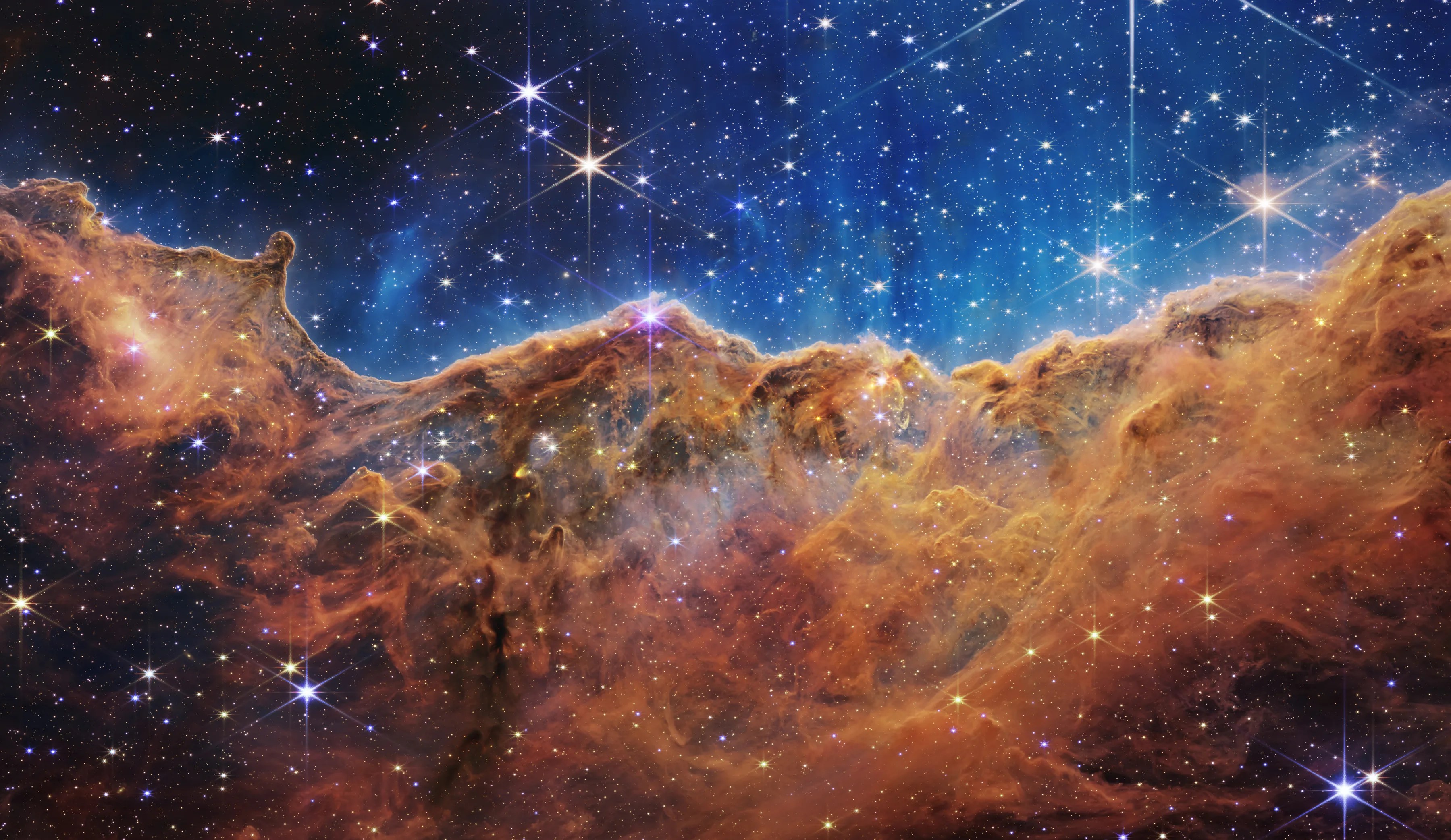EZIE
Electrojet Zeeman Imaging Explorer


The Electrojet Zeeman Imaging Explorer, EZIE, is a heliophysics mission recently approved to explore the Sun and the system that drives space weather near Earth. A small mission with a big science return, it’s a set of three SmallSats that will study the auroral electrojet, which are electrical currents flowing about 60 to 90 miles above the poles that link the beautiful aurora to the Earth’s magnetosphere, and which responds to solar activity and other drivers. It will help scientists understand the Sun and Earth as an interconnected system as NASA is yet to understand the basic configuration of the electrical currents, which are central to the interactions between Earth and the surrounding space. This applies to any magnetized body such as Mercury, Saturn and Jupiter and these currents have a profound impact on our technologies in space and here on Earth.
The interaction of the magnetosphere and the solar wind compresses the Sun-facing side of the magnetosphere and drags out the night-time side of the magnetosphere into what is called a “magnetotail.” Auroral Electrojets (AE) index, a common measure of geomagnetic activity levels, even though the details of the structure of these currents is not understood, are generated by changes in the structure of the magnetotail. The same space weather phenomena that power the beautiful aurora can cause interference with radio and communication signals and utility grids on Earth’s surface, and damage to spacecraft in orbit.
EZIE will launch in 2025. The total budget for the EZIE mission is $53.3 million and the principal investigator for the mission is led by Jeng-Hwa (Sam) Yee at the Johns Hopkins University Applied Physics Laboratory in Laurel, Maryland.




